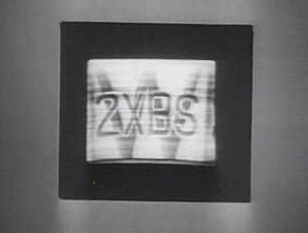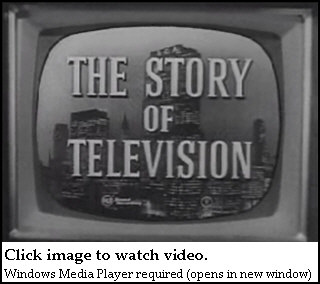




|
Ownership of our favorite television channels:
According to the Federal Communications Commission, as of September 2000, there were a total of 1,663 television licenses (and 12,717 radio licenses). The major networks all have their own television station groups which own
TV stations in major markets. For instance, A.B.C. owns 10 TV stations covering 24% of the nation. This is only owned stations and does not include the affiliated A.B.C. television stations. News Corporation operates 35 television stations,
25 of which transmit the Fox Television Network. News Corporation also owns the satellite TV provider DirectTV. CBS owns 39 television stations of which 21 are affiliated with the CBS Television Network. CBS television network has over 200
affiliates. Comcast Corporation, through NBC Universal, operates 10 TV stations and the network has more than 220 affiliates.
Of the hundreds of channels available through cable and satellite, the major cable channels and broadcast networks are owned by a handful of companies. Let's take a look some of the most popular channels and which companies
own them.
|
|||||||||||||||
2A.B.C, American Broadcasting Company, is owned by the Walt Disney Company.
3NBC Universal is 80% owned by the General Electric Company. G.E.'s purchase of Vivendi Universal's entertainment properties was announced October 8, 2003. The deal closed in
May 2004. The deal included the Universal Pictures movie and television studio and stakes in five theme parks but Vivendi kept Universal Music, the world's number one music company.
Update July 2012: Comcast announces sale of its stake in A&E Television to the other partners of A&E, Disney/ABC and Hearst Corporation.
4A&E Television Networks (37.5% owned by A.B.C.2, 25% owned by NBC Universal3, and 37.5% owned by Hearst Corporation).
Update July 2012: Comcast announces sale of its stake in A&E Television to the other partners of A&E, Disney/ABC and Hearst Corporation.
5On December 31, 2005, Viacom was split into two companies, Viacom, Inc. and CBS Corporation. The new Viacom retained the former company's cable operations, like MTV, and Paramount
Studios. The former Viacom's broadcast assets became CBS Corporation. CBS Corp. includes the CBS Network, CBS Television Group, CBS Radio (formally Infinity Broadcasting), Simon & Schuster Books, cable asset Showtime Networks, and 50% of the
C.W. Network launched in Fall 2006. In June 2006, Paramount Parks was sold to theme park operator Cedar Fair.
Both Viacom and CBS are controlled by the privately held National Amusements, Incorporated. Sumner Redstone is the Chairman of the Board and Chief Executive Officer of National Amusements and Mr. Redstone controls National Amusements. In addition to controlling stakes in Viacom and CBS, National Amusements operates about 1,400 movie screens (Showcase Cinemas and Multiplex Cinemas) in the U.S., U.K.,. Chile, and Argentina. 6Liberty Media Corporation owns 100% of Starz/Encore Group pay movie channels, 67% of MacNeil/Lehrer Productions, and 98% of QVC. Liberty also has stakes in major entertainment companies:
News Corporation, 18%; Time Warner, 4%; Viacom, less than 1%. Source: April 2004 Annual Report pages 11-15. Chairman of the Board, John C. Malone, owns 29% of the voting shares.
7In February 2006, CBS, owner of UPN, and Time Warner, owner of The WB Network, announced the two networks would merge in September 2006 to form a new broadcast network, the C.W.
(C for CBS, W for Time Warner)..
When the merger of UPN and WB is complete, News Corp., with 10 UPN affiliated TV stations in major markets will have no network programming to air on these stations. To develop programming, News Corporation will launch a new broadcast network called "My Network TV". Initially this network will consist of TV stations owned by News Corp. and will cover only 24% of the nation. News will seek affiliates to carry the network's programming to eventually cover 90% of the market. The programming will consist of reality shows and soap operas, including English-language versions of Latin American soap operas. A big difference for My Network TV will be new episodes of shows will run daily, rather than weekly as is typical on other broadcast networks. |
|||||||||||||||||||||||||||||||||||||||||||||||||||||||||||||||||||||||||||||||||||




